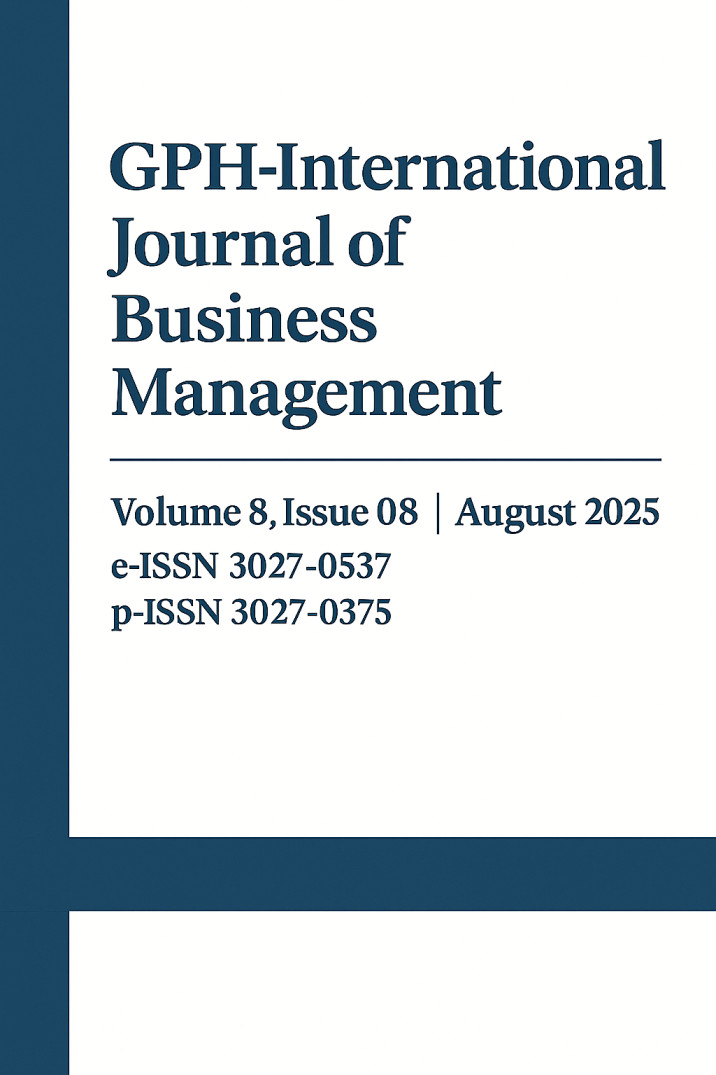Economic Analysis of Direct Foreign Investment (DFI) in Nigeria
Abstract
This study focused on the economic analysis of Direct Foreign Investments (FDI) in Nigeria exploring its trends through, job creation, transfer of technology and ultimately economic growth. The study identified eight (8) methods of Foreign Direct Investment (FDI) in line with their corresponding theories. Different growth theories support the fact that FDI is either directly or indirectly beneficial to economic growth of any nation. The study went on to analyze the relationship between economic growth and FDI and the flow of FDI in Nigeria over the years 1981-2021 revealing that Nigeria ranks third in Africa for Foreign Direct Investment (FDI), behind Egypt and Ethiopia. After a comprehensive analysis of existing literatures, it reveals that FDI can have both positive and negative effects on the host economy depending on factors such as the type of investment, industry and the regulatory environment.
Downloads
References
Bakari, S., & Mabrouki, M. (2017). Impact of exports and imports on economic growth: New evidence from Panama. Journal of Smart Economic Growth, 2(1).
Chen et al. (2010). FDI and local economic development: The case of Taiwanese investment in Kunshan. European Planning Studies, Taylor & Francis Journals, 18(2), 213-238. doi:10.1080/09654310903491564
Edrak et al. (2014). Critical success factors affecting Malaysia' SMEs through inward FDI: Case of service sector. Asian Social Science, 10(16), 131-138. doi:10.5539/ass.v10n16p131
Iqbal et al. (2012). FDI in retail sector in South Asia: A case of India. The Journal of World Investment & Trade. doi:https://doi.org/10.1163/22119000-01306003
Levine, L. (2013). Economic growth and the unemployment rate. Congressional Research Service
Masron et al. (2012). Spillover effects of FDI within manufacturing sector in Malaysia. Procedia - Social and Behavioral Sciences, 1204-1211. doi:https://doi.org/10.1016/j.sbspro.2012.09.1102
Solow, R. (1956). A contribution to the theory of economic growth. Quarterly Journal of Economics, 70, 65– 94.
Supriyanto, T. (2016). The role of the rate of profit concept in creating Islamic financial market Stability. doi:10.2991/gcbme-16.2016.22
The authors and co-authors warrant that the article is their original work, does not infringe any copyright, and has not been published elsewhere. By submitting the article to GPH-International Journal of Business Management, the authors agree that the journal has the right to retract or remove the article in case of proven ethical misconduct.




























